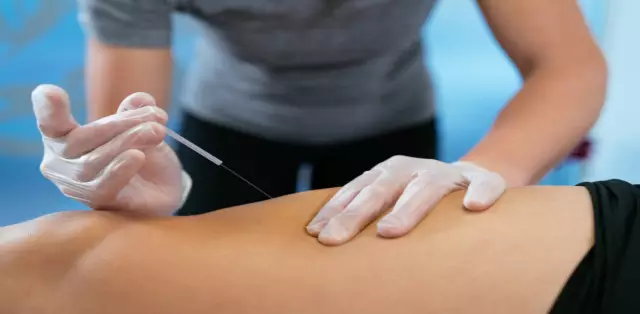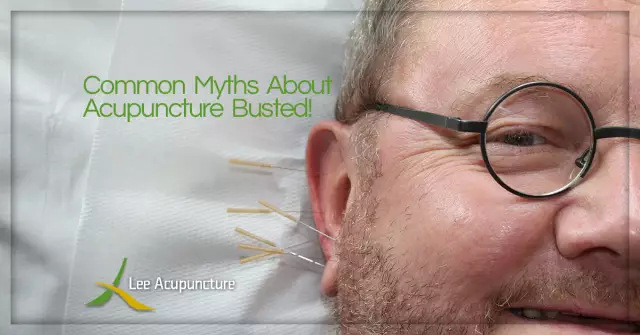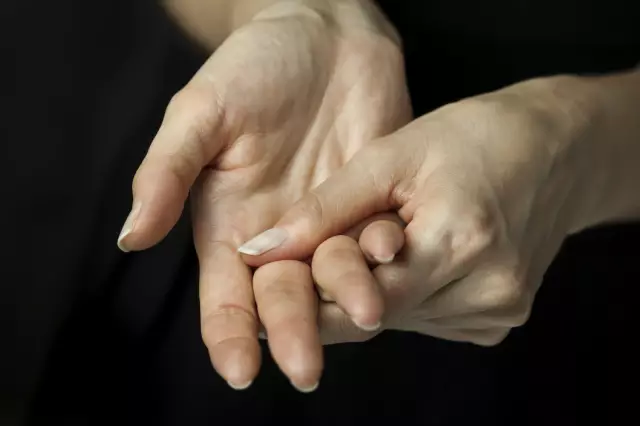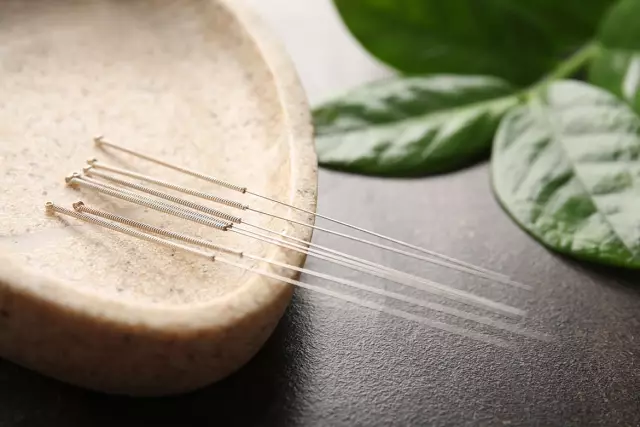- Author Rachel Wainwright [email protected].
- Public 2023-12-15 07:39.
- Last modified 2025-11-02 20:14.
Acupuncture
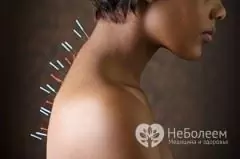
Acupuncture is a set of procedures aimed at stimulating certain points on the body through the penetration of metal needles into the skin. In its classic form, acupuncture is a characteristic component of traditional Chinese medicine, a form of alternative medicine and one of the oldest treatments in the world. According to traditional Chinese medicine, by stimulating specific points, acupuncture corrects imbalances in the flow of Qi through channels known as meridians.
Research shows that traditional forms of acupuncture are more effective than placebo in relieving some types of pain and postoperative nausea, and recent systematic studies have confirmed that acupuncture is also a promising treatment option for sleep disorders, anxiety and depression.
There is a general worldwide consensus that acupuncture is considered relatively safe when administered by qualified practitioners using sterile needles. Under these conditions, acupuncture has a very low risk of serious side effects.
History of the origin of acupuncture
The exact date of the beginning of the use of acupuncture in ancient China has not been determined. Written sources from the Shang Dynasty that mention acupuncture date from 1600-1100 BC. They indicate that at that time acupuncture was practiced along with moxibustion, and also has its origins in bloodletting and demonology. For the procedure, Bian Shi's pointed stones and bone needles were used, which were replaced by metal needles only in the 2nd century BC. Later, the practice of acupuncture spread from China to areas that are now part of Japan, Korea, Vietnam, and Taiwan, and in the 16th century, Portuguese missionaries brought acupuncture knowledge to the West.
About 90 works on acupuncture were written in China between the Han and Song dynasties, and Emperor Renzong in 1023 ordered the erection of a bronze statue, which depicted meridians and acupuncture points.
Application of acupuncture
The general theory of acupuncture is based on the premise that body functions are regulated by energy called qi that flows through the body. Disruption of energy flow is the cause of disease, and acupuncture includes techniques that aim to correct imbalances in the Qi flow by stimulating acupuncture points. The most common mechanism for stimulating acupuncture points is the penetration of thin metal needles under the skin, which are manipulated by hand or by electrical stimulation.
An acupuncture session begins with interviewing the patient in order to make a diagnosis. In traditional Chinese medicine, there are four diagnostic methods: examination, listening, interrogation and palpation. Acupuncture stimulates the release of endorphins, which have an analgesic effect. Acupuncture results in the release of various brain chemicals that modulate the autonomic nervous system and affect a wide variety of organs and systems.
In clinical practice, acupuncture is highly individualized and based on philosophy and intuition rather than controlled scientific research. An acupuncture session lasts from 10 to 60 minutes, including diagnosis and treatment in one session. The needles used in the procedure must be disposable and sterile; they vary in length from 13 to 130 mm.
According to reviews, acupuncture helps suppress chronic pain, postoperative pain, nausea and vomiting, high blood pressure, get rid of drug addiction, and is also effective in combating overweight.
The use of acupuncture to combat obesity is possible due to its ability to influence the hormones of obesity. According to reviews, acupuncture reduces appetite, suppresses food cravings, increases metabolism, improves digestion, and regulates hormones associated with obesity. The slimming acupuncture treatment also enhances the function of the liver, an organ that produces chemicals important for the processing of nutrients and the breakdown of fats.
The procedure is as follows:
- Qi points for weight control are determined - points of the stomach and endocrine system;
- Several tiny sterilized needles are inserted into these invisible channels, generating meridians and stimulating centers that trigger the release of neurochemicals and hormones;
- The needles, covered with special tape, remain in place for several days, after which patients remove them on their own or at the next visit.
When choosing acupuncture as a procedure for dealing with obesity, it is necessary to find a specialized institution where licensed acupuncturists work who have not only education, but also many years of practice in this area. It is best if a qualified acupuncturist has experience in other areas of medicine.
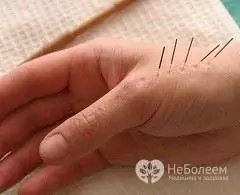
The best results from acupuncture for weight loss are achieved starting from 10 treatments over several weeks. Acupuncture for weight loss must be combined with a diet, healthy food in combination with exercise.
Su jok acupuncture
Su jok in Korean is a combination of the words "su", which means hands and "jock" - legs. Thus, su jok acupuncture is the treatment of various diseases through specific points located on the palms of the hands and feet. It is an instant, effective, drug-free healing therapy with no side effects.
Su jok acupuncture is a physical and metaphysical natural therapy that helps treat conditions such as:
- Arthritis;
- Bronchitis;
- Asthma;
- Spondyloarthritis;
- Joint pain;
- Migraine;
- Hypertension;
- Sinusitis;
- Deafness;
- Paralysis.
Sujok acupuncture is also used for constipation, obesity, diabetes, blood pressure and menstrual problems.
Harm of acupuncture
Since acupuncture is based on the penetration of needles into the skin, there is a certain risk of infection if non-sterile or reusable needles are used. Infectious diseases caused by acupuncture procedures, according to reviews, include bacterial infections and hepatitis B.
According to reviews, acupuncture rarely causes serious side effects, including minor bleeding at the entry points of needles, hematomas, pain and dizziness.
Found a mistake in the text? Select it and press Ctrl + Enter.

